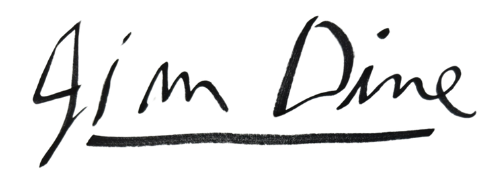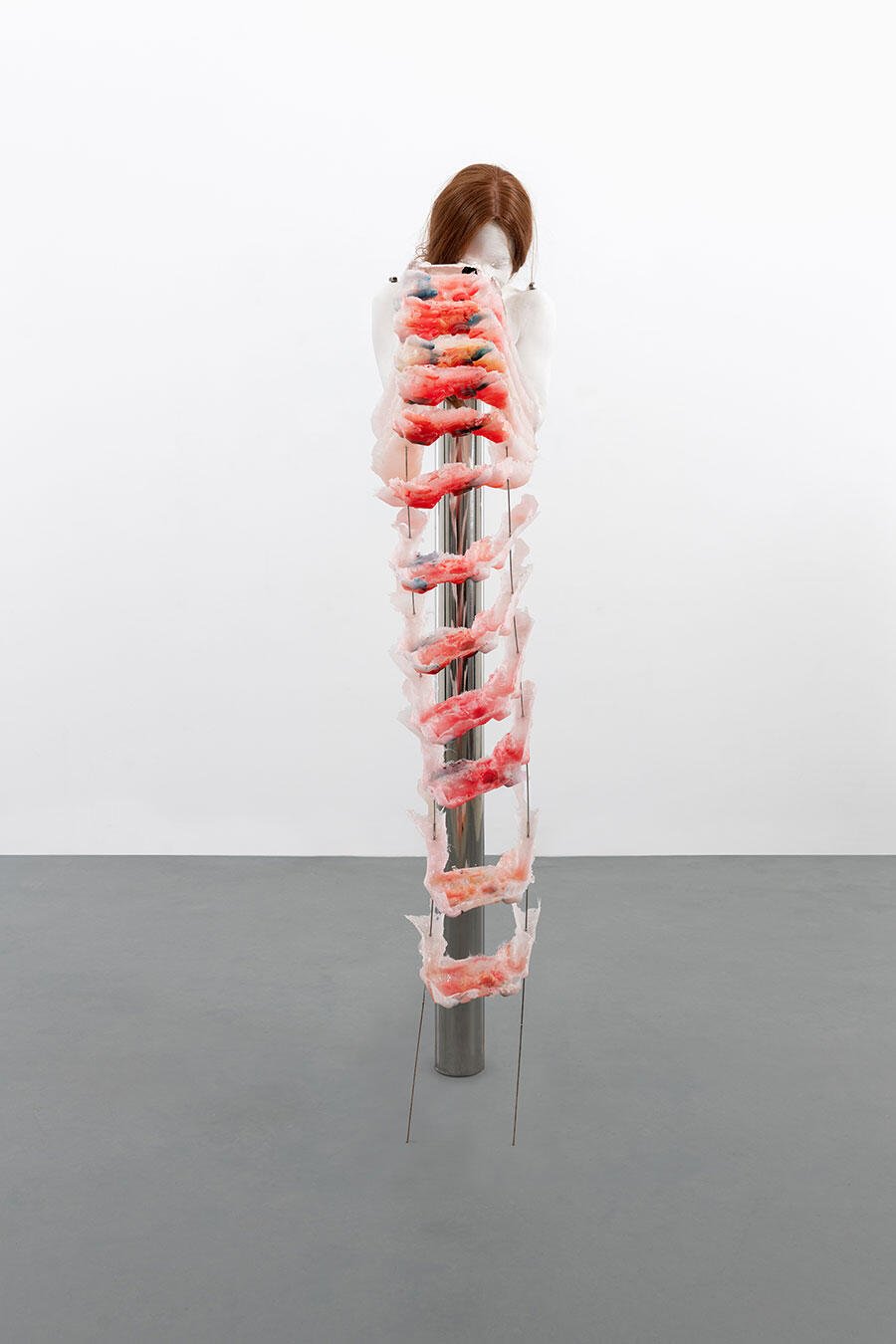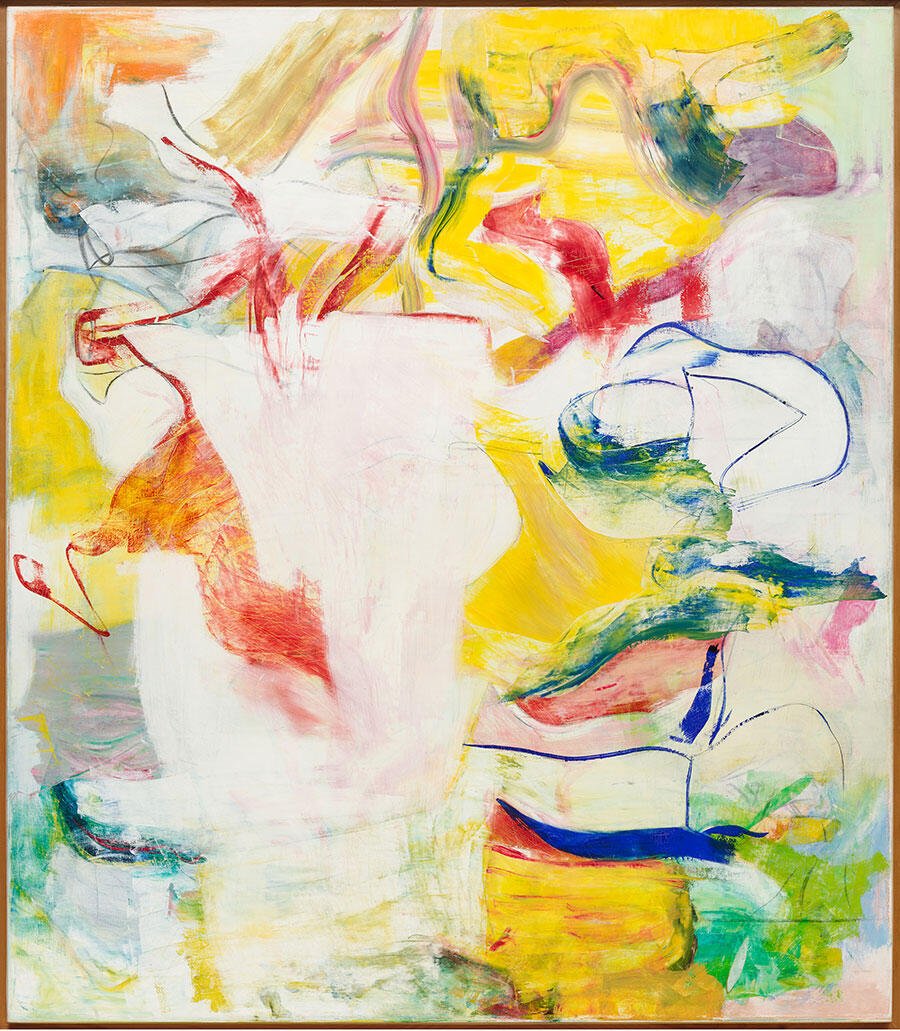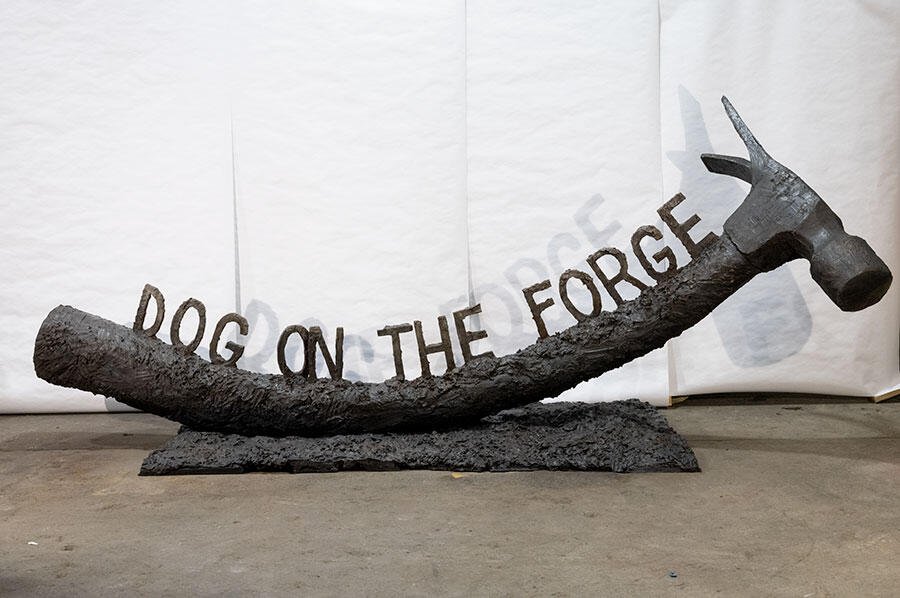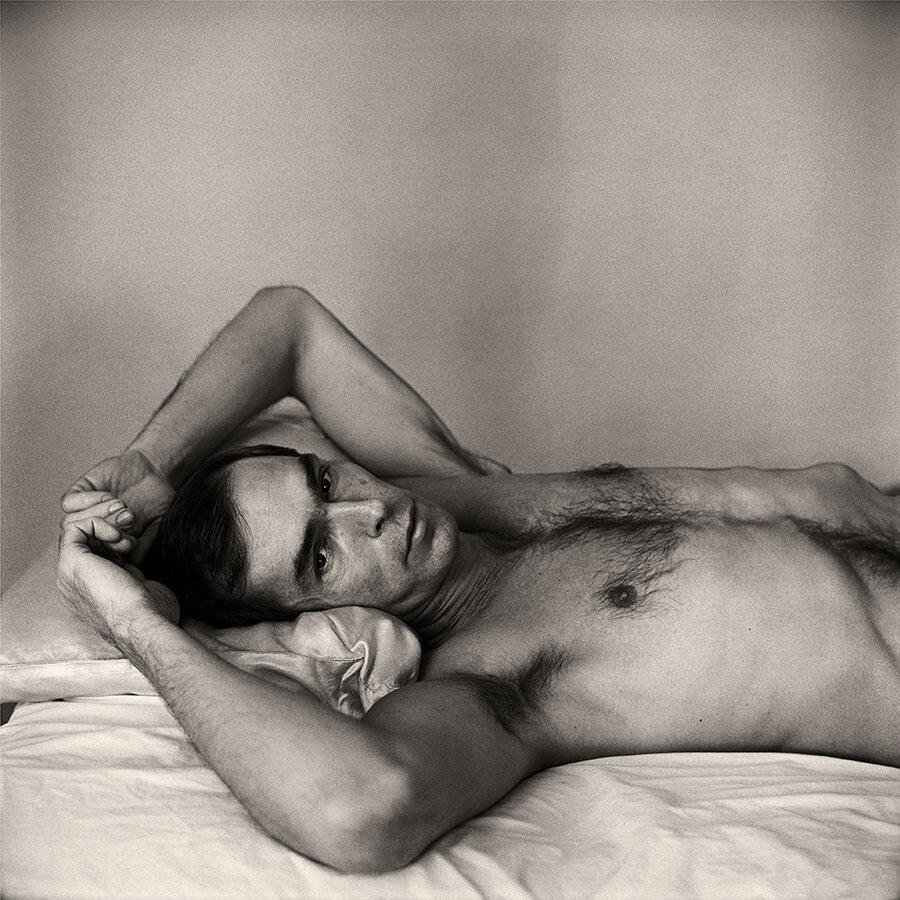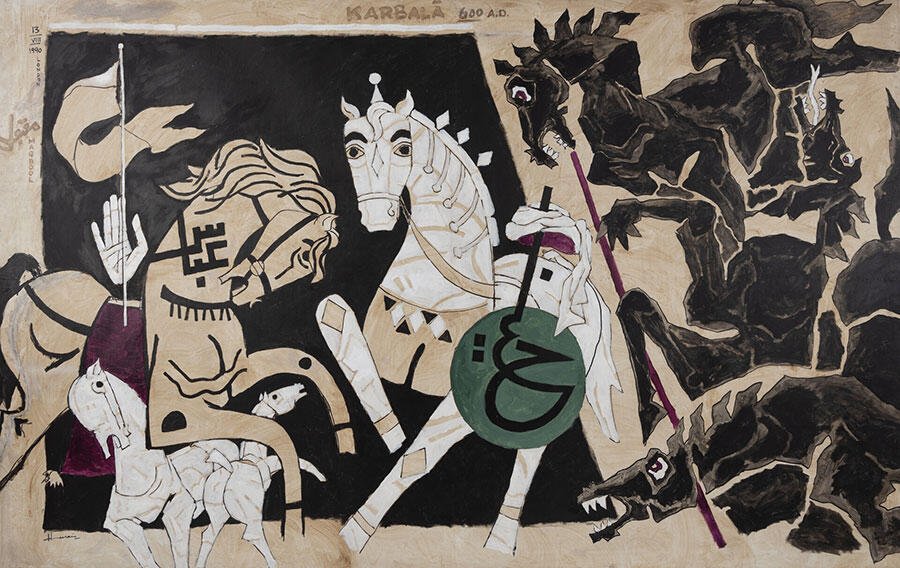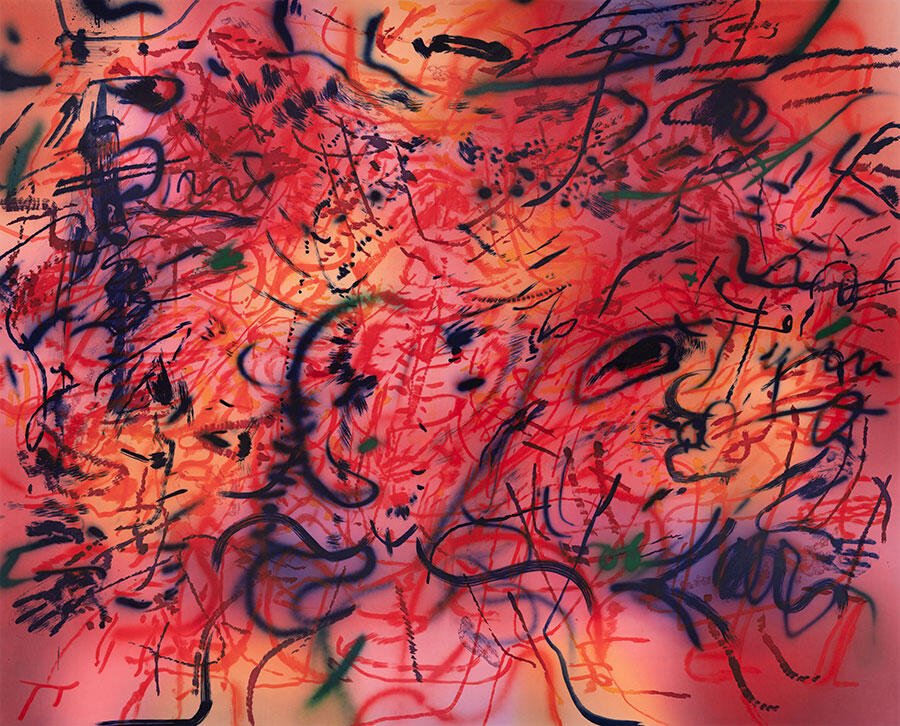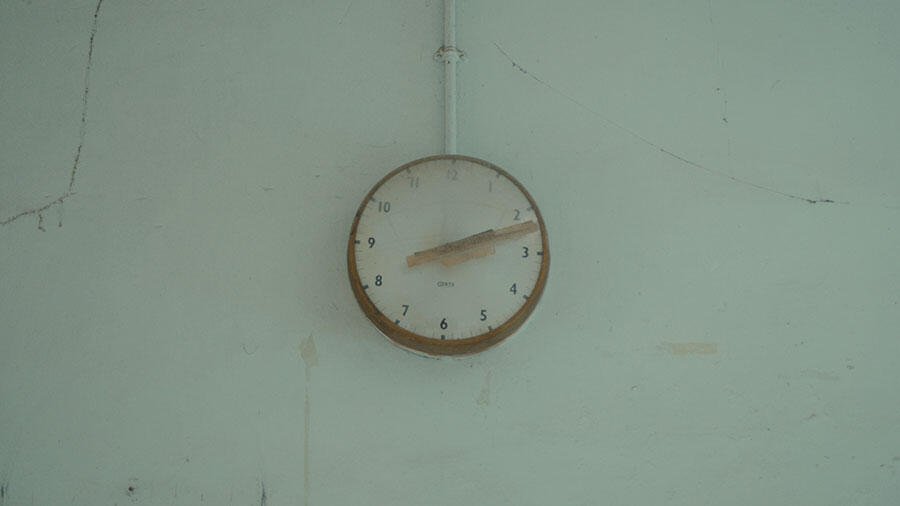Frieze: The Unmissable Off-Site Exhibitions in Venice
The frieze team selects the international shows they’re most excited about during this year’s Biennale.
Rebecca Ackroyd | ‘Mirror Stage’ | Fondaco Marcello, Venice | 20 April – 24 November
Rebecca Ackroyd, Slow motion, 2024, epoxy resin casts, threaded bars, jesmonite cast, wig, mirrored steel, 178 × 57 × 38 cm. Courtesy: Peres Projects
Expanding on her recent solo exhibition ‘Period Drama’ at the Kestner Gesellschaft in Hanover, Rebecca Ackroyd will produce a new body of work that transforms an old tobacco warehouse using fragmented narratives that play out on a theatre stage. The title of the exhibition is taken from the pivotal moment in which a child begins to differentiate between itself and others – a key development according to Jacques Lacan. Extending on this idea, Ackroyd’s fragmented figures and large-scale paintings will create literal and metaphorical spaces of self-reflection. Oscillating between states of consciousness, Ackroyd’s new work is likely to leave you with a dreamlike sensitivity that foreshadows the threat of awakening.
– BROOKE WILSON, editorial trainee
Mark Bradford | ‘Process Collettivo’ | Campo San Maurizio | 13 April – 5 May
Mark Bradford and members of the Rio Terà dei Pensieri cooperative in the produce garden at the women’s prison, Casa di Reclusione Femminile della Giudecca, Venice, Italy. Courtesy: © Mark Bradford and Hauser & Wirth; photograph: Carlos Avendano, Agata Gravante and Damian Turner
In 2016, the American artist Mark Bradford partnered with the non-profit Rio Terà dei Pensieri to help create work opportunities for incarcerated people in two of Venice’s prisons, from gardening to bag-making – the results of which have not, and will not, be displayed as a typical ‘exhibition’. Now, eight years later, ‘Process Collettivo’ concludes with the launch of a book about the project at a pop-up at Campo San Maurizio. For the week of the Biennale’s opening (16–19 April, 4–6pm), visitors will have the opportunity to meet with Bradford and some of the participants in the programme to discuss the project and its outcomes. All proceeds will benefit Rio Terà dei Pensier.
– ANDREW DURBIN, editor-in-chief
Willem De Kooning | ‘Willem De Kooning e L’Italia’ | Gallerie dell’Accademia di Venezia | 17 April – 15 September
Willem de Kooning, Pirate (Untitled II), 1981, oil on canvas, 2.2 × 1.9 m. Courtesy: © 2024 The Willem de Kooning Foundation, SIAE; Museum of Modern Art, New York; Sidney and Harriet Janis Collection Fund, 1982
This major retrospective will span works created from the 1950s to the 1980s, all inspired by De Kooning’s love of Italy. Curators Gary Garrels and Mario Codognato take as their starting point two of De Kooning’s extended stays in Rome and Spoleto – first in 1959 and then again in 1969 – to trace the country’s influence across multiple bodies of the artist’s work, from drawings to paintings. Of mid-century American artists, Cy Twombly is usually most closely associated with Italy – he lived in Rome for most of his adult life – but this exhibition is slated to reveal De Kooning as another keen observer of a landscape that has captivated artists around the world for thousands of years.
– ANDREW DURBIN, editor-in-chief
‘Greenhouse’ | Portugal Pavilion, Palazzo Franchetti | 20 April – 24 November
Mónica de Miranda, Weaving, 2024, inkjet print on cotton paper, 60 × 40 cm, Courtesy: © Mónica de Miranda
This collective installation and ‘living archive’ will engage Portugal’s colonial history and legacies through the means of botany. The garden will shift and adapt with the seasons during its 5-month run, with plants and herbs grown in the pavilion being used for various purposes. Creole gardens were known as ‘counter-plantations’ during the slave trade and were a way for the enslaved to retain a level of autonomy in growing food and medicinal herbs to be shared and used collectively. The pavilion will address ancestral knowledge while simultaneously acknowledging significant anniversaries: the 50th anniversary of a military coup in Lisbon which led to the independence of African countries such as Angola, Cape Verde and Mozambique, and the centenary of Amílcar Cabral (1924–73), a former leader of Guinea-Bissau who was instrumental in various liberation struggles.
– VANESSA PETERSON, associate editor
Jim Dine | ‘Dog on the Forge’ | Palazzo Rocca | 20 April – 21 July
Jim Dine, DOG ON THE FORGE, 2023, bronze, 1.8 × 4.1 × 1. 50 cm. Courtesy: © the artist and TEMPLON, Paris/Brussels/New York; photograph; artist’s studio
I’m reminded of the time when Jim Dine gave a demo for a printmaking class I was taking at university in Connecticut, USA. He showed students how to turn a piece of cardboard into an etching plate. First, you would incise marks on the discarded sheet with a Dremel or simply rip layers of cardboard off with your hands, then brush Elmer’s glue onto it to give it a slick, smooth surface for ink to pool in. You would then go about printing with it in the intaglio method and voila! A cheap and easy way to make an etching. The demo left a long-lasting impression on me – I used this method repeatedly throughout college. I equally became fascinated with Dine’s approach to material, his mark-making and, of course, his work in printmaking. To that end, I have not had too many encounters with Dine’s practice in sculpture, a medium that will take up a large section of his presentation in Venice. Replete with Dine’s familiar leitmotifs – hearts, tools, Venuses and Pinocchios – the exhibition of new works will likely be a tour de force by an artist I deeply admire.
– TERENCE TROUILLOT, senior editor
Yuan Goang-Ming | ‘Everyday War’ | Taiwanese Pavilion, Palazzo delle Prigioni | 20 April – 24 November
Yuan Goang-Ming, Everyday War, 2024, single-channel video, 10’33”. Courtesy: © Yuan Goang-Ming and TFAM of Taiwan Collateral Event 2024
Everyday War (2024) is another powerful testament to artist Yuan Goang-Ming’s exploration of the home as a frontline battleground in a geopolitical war. This is a recurring theme in his video work, and it underscores the profound impact of global conflicts on our most intimate spaces. Last year, I had the privilege of meeting the artist at his home studio outside of Taipei to see first-hand how he created this ambitious work. The video is a universal allegory for the damaging anxiety caused by the spectre of invasion and the destruction it creates.
– SEAN BURNS, assistant editor
Vlatka Horvat | ‘By the Means at Hand’ | Croatian Pavilion, Fàbrica 33 | 20 April – 24 November
Vlatka Horvat, Venice (at Hand) #1, 2024. Courtesy: the artist
Over the last few weeks, I have spotted Instagram posts of packages of different shapes and sizes in the hands of various people in different cities, along travel routes documented by airport codes such as LHR and JFK. Here, artist Vlatka Horvat aims to illustrate often informal methods of transporting objects from country to country by those living abroad (the photographs reminded me of the parcels my mother would receive in Ghana for her return to the UK addressed to another relative, therefore avoiding substantial shipping costs). Horvat’s ‘By the Means at Hand’ will include drawings from over 200 artist friends, transported to Venice via these informal exchanges, and in return Horvat will produce works during her time in Venice to be sent via these same method of using suitcases belonging to friends and strangers alike.
– VANESSA PETERSON, associate editor
Peter Hujar | ‘Portraits in Life and Death’ | Istituto Santa Maria della Pietà | 20 April – 24 November
Peter Hujar, Self-Portrait Lying Down, 1975. Courtesy: © The Peter Hujar Archive/Artists Rights Society (ARS), NY
Of all the collateral events presented at this year’s Venice Biennale, I am perhaps most excited for Peter Hujar’s ‘Portraits in Life and Death’, which takes its title from his book of the same title, published by Da Capo Press in 1976. The show will be the first time all the photographs reproduced in the book will be on display in Europe. Organized by The Peter Hujar Foundation and curated by Grace Deveney of the Art Institute of Chicago, the show will be a wonderful opportunity to see Hujar’s complete series of photographs of friends – artists, musicians and writers such as Ray Johnson, Susan Sontag, Paul Thek, John Waters and more – alongside his haunting pictures of the catacombs in Palermo, Italy – a stellar meditation on the memento mori.
– TERENCE TROUILLOT, senior editor
Pierre Huyghe | ‘Liminal’ | Palazzo Grassi – Punta della Dogana | 17 March – 24 November
Pierre Huyghe, Offspring, 2018, installation view, ‘Pierre Huyghe. Liminal’, 2024, Punta della Dogana, Venezia. Courtesy: Leeum Museum of Art; Idiom; Palazzo Grassi and Pinault Collection; photograph: Ola Rindal
This exhibition, created in collaboration with curator Anne Stenne, presents the French artist’s investigation into speculative fiction to conceive new ways of experiencing the world. Although the content may be complex, ‘Liminal’ promises a grand display of Huyghe’s latest works, installations, videos and sculptures from throughout his career. Punta della Dogana transforms into a space ‘inhabited by both human and non-human creatures’, serving as a site for the creation of constantly evolving and hybridizing subjectivities.
– SEAN BURNS, assistant editor
M.F. Husain | ‘The Rooted Nomad’ | Magazzini del Sale | 18 April – 24 November
M.F. Husain, Karbala, 1990, oil crayon on paper, 2 × 3.3 m. Courtesy: Kiran Nadar Museum of Art.
After enjoying critical acclaim and success during the latter half of the 20th century, the modernist artist M.F. Husain was forced to leave India in 2006 due to religious extremism. Hussain, arguably India’s most influential and well-known artist, made a career of creating ethereal tableaux that often drew inspiration from religious iconography, distilling it through a Western and secular lens. His syncretic style, that once garnered him praise, fomented rage and jingoism as he later decided to live in exile in London until his death in 2011. ‘The Rooted Nomad’ will be the first immersive exhibition dedicated to the life and work of the artist. The show will include a selection of paintings, photographs, letters, films, collages and poetry, providing a full gestalt of his intimate and then estranged relationship with his beloved India.
– TERENCE TROUILLOT, senior editor
Josèfa Ntjam | ‘swell of spæc(i)es’ | Accademia di Belle Arti di Venezia | 20 April – 24 November
Josèfa Ntjam, swell of spæc(i)es, 2024, film rendering. Commissioned by LAS Art Foundation. Courtesy: the artist; LAS Art Foundation; Galerie Poggi, Paris; and NıCOLETTı, London © ADAGP, Paris, 2024.
If Josèfa Ntjam’s 2023 solo exhibition at Nicoletti Contemporary is any indication, LAS Art Foundation’s collateral presentation of the artist’s work will leave audiences feeling as though they have entered the cavernous stomach of a galactic whale. Likely, ‘swell of spæc(i)es’ will expand on the artist’s exploration of deep space and the deep sea, filling the Accademia courtyard with jellyfish sound sculptures, a cosmic video installation drawing on West African cosmogony and hybridized AI renders of fantastical marine creatures.
– ANGEL LAMBO, associate editor
Julie Mehretu | ‘Ensemble’ | Palazzo Grassi | 17 March 2024 – 6 January, 2025
I’m chafing at the bit to see Julie Mehretu’s ‘Ensemble’ at Palazzo Grassi, which comprises more than 50 works by the artist – the largest display of Mehretu’s practice to date in continental Europe. Organized by chief curator of the Pinault Foundation, Caroline Bourgeois, and Julie Mehretu herself, the show will also include works by some of the artist’s closest friends and contemporaries: Nairy Baghramian, Huma Bhabha, Robin Coste Lewis, Tacita Dean, David Hammons, Paul Pfeiffer and Jessica Rankin. Billed as neither a monographic show nor a group exhibition, ‘Ensemble’ – inspired in part by the French word meaning ‘together’ – presents a chorus of artists that will harmonize together around 25 years of Mehretu’s oeuvre.
– TERENCE TROUILLOT, senior editor
‘Nigeria Imaginary’ | Nigerian Pavilion, Palazzo Canal | 20 April – 24 November
Onyeka Igwe, No Archive Can Restore You, 2020, film still. Courtesy: the artist
British Nigerian curator Aindrea Emelife has assembled a multigenerational group of artists to represent Nigerian contemporary art. The works of Tunji Adeniyi-Jones, Ndidi Dike, Onyeka Igwe, Toyin Ojih Odutola, Abraham Oghobase, Precious Okoyomon, Yinka Shonibare and Fatimah Tuggar will explore looted Benin treasures, the End SARS movement, legacies of colonialism and more. The exhibition title is a celebration of a Nigeria that almost was and has yet to fully emerge.
– ANGEL LAMBO, associate editor
Trevor Yeung | ‘Courtyard of Attachments’ | Campo della Tana | 20 April – 24 November
Trevor Yeung, Cave of Avoidance (Not Yours), 2024, fish tanks, aquarium equipment, ceramics, plastic containers, lamps, metal racks, fish waste, and water, dimensions variable. Commissioned by M+, 2024, Courtesy: © Trevor Yeung; photograph: © South Ho
Having just seen Trevor Yeung’s solo exhibition at Para Site in Hong Kong – a dimly-lit, soft installation evoking the cruising sites in London’s Hampstead Heath – I’m excited for the artist’s presentation at this year’s Hong Kong collateral event. Curated by Olivia Chow from M+, Yeung’s presentation promises to explore ‘the relationships between humans and aquatic ecosystems’. The show will include some of Yeung’s fishless aquariums – for which the artist is perhaps best known – and other nautical arrangements that will not only allude to our current climate crisis but wax poetically on the humdrum of societal ennui.
– TERENCE TROUILLOT, senior editor
